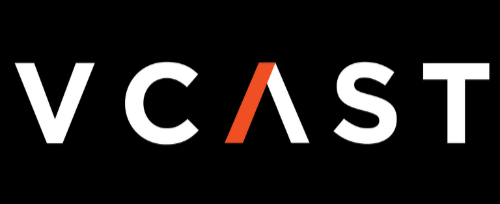Usman Riaz and Pakistan's First Hand-Drawn Animation Studio
In a world where creative minds often leave in search of better opportunities, Usman Riaz chose to stay and build. “Bloom where you are planted,” he says, reflecting on his decision to pursue hand-drawn animation in Pakistan. As the founder of Mano Animation Studios, Riaz set out to create the country’s first hand-drawn animated feature, driven by the belief that this form of storytelling could thrive in Pakistan.
Riaz’s fascination with animation began early, sparked by the magic of watching drawings come alive. Growing up in a creatively rich household — his father an actor, his mother an artist, his sister a musician — he was encouraged to pursue whatever interested him. That openness led him to explore both music and illustration from a young age. He studied Communication Design at the Indus Valley School of Art and Architecture in Karachi, and later received a full scholarship to Berklee College of Music in Boston, where he studied Composition. His training in both fields developed side by side, each complementing the other in his creative process.
As he continued to develop his creative voice, Riaz began sharing short musical performances online. One of these early clips caught the attention of the TED team, who encouraged him to apply for their Fellows program — an initiative designed to support emerging talent from around the world. It was a quiet but significant turning point. TED gave him access to a global platform and a broader network, helping him see the potential of creative work shared beyond its immediate circle.
After joining the Fellows program, Riaz requested to speak at a TED event in Japan, choosing to focus on animation — a field he felt was missing in Pakistan’s creative landscape. The trip became a pivotal moment. A visit to Studio Ghibli while he was there helped crystallize what had previously felt like an abstract ambition. The idea of starting a hand-drawn animation studio still felt distant — but it no longer seemed out of reach.
Around that time, his now-wife Mariam had suggested that if hand-drawn animation didn’t exist in Pakistan, perhaps he could be the one to bring it to life. The thought lingered. It was during this period of reflection that one story began to take shape: Riaz had long been fascinated by the craft of glassmaking. During a visit to Italy in the mid-2000s, he had watched master glassmakers at work and was struck by how captivating the process was. He had never seen it explored through animation — a medium that, to him, holds a certain beauty because of its ability to heighten reality in a way that feels intentional and expressive. That, he says, is “the magic of animation.”
Despite the clarity of his vision, building something from the ground up came with its own set of challenges. Riaz had to create not only a team and a production pipeline but also a belief that hand-drawn animation could exist — and thrive — in Pakistan. To almost everyone he approached, the idea felt improbable. A studio dedicated to traditional animation techniques seemed out of sync with the local industry.
Funding was another major hurdle. Riaz recalls pitching the project with little more than sketches and storyboards, flipping through paper as he tried to help people imagine what the film could be. Most didn’t believe it could be done. Eventually, TED recommended launching a Kickstarter campaign. The response was overwhelming: the project surpassed its funding goal, raising over $116,000 and allowing the team to produce twice as much animation as originally planned.
Beyond funding, the harder test was still ahead. Many of those who joined the project early on had a limited understanding of the medium — unaware of the long hours, technical precision, and discipline it required. For Riaz, the challenge was twofold: he was learning the animation process himself while also training a team to bring the vision to life. The Glassworker ultimately became a collaborative effort, shaped by creatives from across the globe — including Pakistan, Malaysia, Canada, South Africa, the US, and the UK.
When asked about his influences, Riaz often points to Hayao Miyazaki, the legendary co-founder of Studio Ghibli. His emotional connection to Ghibli’s work runs deep — especially after visiting the studio in Japan, an experience that continues to inform his creative vision.
Today, The Glassworker stands as a landmark achievement — Pakistan’s first hand-drawn animated feature. Since its release, the film has received widespread recognition, including a global premiere at the Annecy International Animation Film Festival and the Flame Award for Best Debut Director at the UK Asian Film Festival. It was also Pakistan's entry for the 2025 Oscars in the International Feature Film category. What began as a quiet idea has become a benchmark for what’s possible in Pakistani animation.
What could hand-drawn animation in Pakistan look like next? Let us know in the comments!
This article was developed with the assistance of AI tools.




